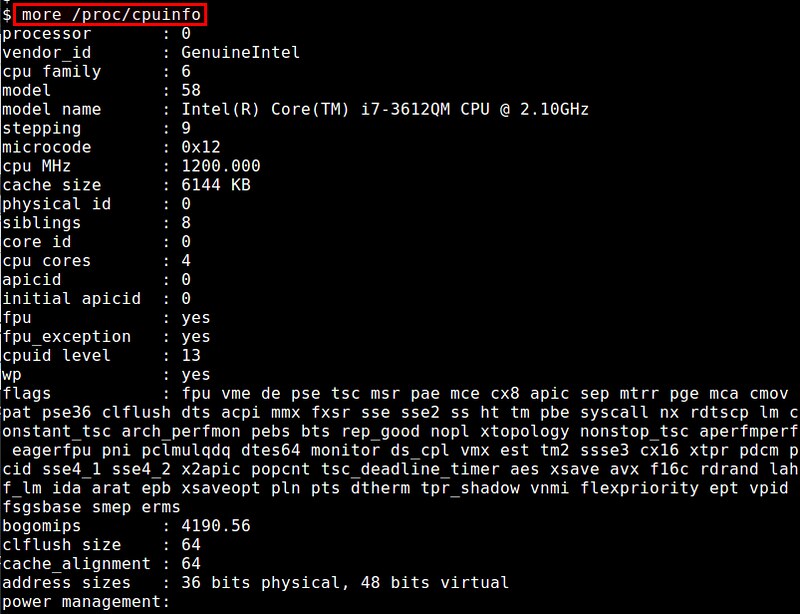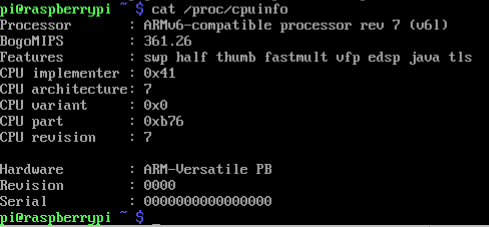

Method 2: Through the cpu-checker utility Navigate to the Virtualization output the result VT-x here ensures that virtualization is indeed enabled on your system. Here is the output format you usually see: Simply run the following command in your Ubuntu Terminal: $ lscpu This information includes the number of processors, CPU operation mode, sockets, cores, threads, model name, and virtualization information, among much more. This command extracts hardware information from the /pro/cpuinfo file of sysfs. The lscpu command is a popular method to extract information about your CPU’s architecture. Verifying VT on your processor Method 1: Through the lscpu command You can open the Terminal application either through the system Dash or the Ctrl+Alt+T shortcut. We will be using the Ubuntu command line, the Terminal, in order to verify VT on our processor. We have run the commands and procedures mentioned in this article on a Ubuntu 18.04 LTS system. The article explains the following methods to check if Virtual Technology is supported by your processor on a Ubuntu system:

Only then you can run virtual machines using a single processor.
#CPUINFO COMMANDLINE INSTALL#
Whenever you want to install virtualization applications on your Ubuntu system such as VMware Workstation, VirtualBox etc., you should first verify if your system supports virtualization and if it is enabled. This enables several operating systems to be running on the same machine at the same time. The following example counts the number of words in the ~/Documents/file.The Virtualization Technology enables your processor to act as a number of independent computer systems. To count only the number of words in a text file use wc -w followed by the file name. The first column is the number of lines and the second one is the name of the file: 44 /etc/passwd For example, to count the number of lines in the /etc/passwd The wc command is mostly used with the -l option to count only the number of lines in a text file.

The output will show the number of lines for all files in the /etc directory whose names start with “host”: 4 /etc/nf For example, you can search for files using the find commandĪnd provide those files as an input to wc: find /etc -name 'host*' -printf0 | wc -l -files0-from=. If F is - then read names from standard input. The -files0-from=F option allows wc to read input from the files specified by NUL-terminated names in file F. wc -lL /proc/cpuinfo 448 792 /proc/cpuinfo Here is another example that will print the number of lines and the length of the longest line. When using multiple options counts are printed in the following order: newline, words, characters, bytes, maximum line length.įor example, to display only the number of words you would use: wc -w /proc/cpuinfo 3632 /proc/cpuinfo


 0 kommentar(er)
0 kommentar(er)
